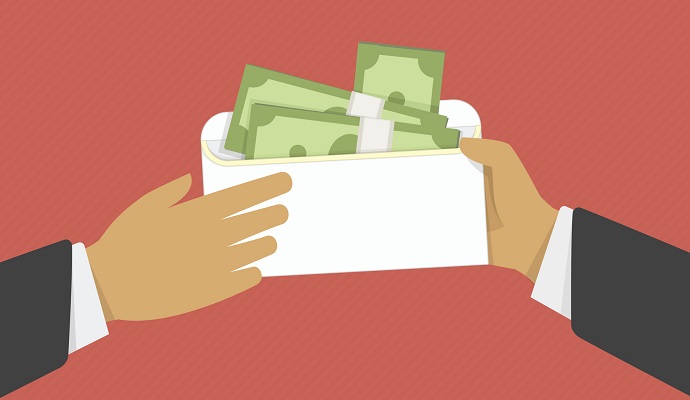Patient Collections Takes Over a Month for Most Providers
Manual processes and a lack of alignment with consumer expectations may be creating patient collections delays for a majority of providers, a new survey suggests.

Source: Thinkstock
- Patient collections takes more than a month for 74 percent of healthcare providers, according to the 10th edition of the Trends in Healthcare Payments Annual Report.
The report released Tuesday by InstaMed, a J.P. Morgan company, found that collecting patient financial responsibility in a timely manner was especially challenging for large patient balances. Over three-quarters (78 percent) of surveyed providers said they cannot collect bills of more than $1,000 in 30 days.
These delays in patient collections are creating revenue cycle issues for providers. In the report, 66 percent of providers said that patient receivables is a primary revenue concern.
Of these providers, increases in patient financial responsibility was their top concern, followed by how to increase cash flow, days in accounts receivable, and increases in bad debt due to low patient collections.
About 65 percent of providers in the report saw an increase in patient financial responsibility. Based on the latest data from TransUnion Healthcare, that increase was around 12 percent for inpatient, outpatient, and emergency department care.
Manual and paper-based processes may be creating patient collections delays, the report indicated.
About 88 percent of providers reported relying on manual and paper-based transactions to collect patient financial responsibility. Providers are leveraging paper and manual processes for everything from check-in to payment collection. The report found:
- 73 percent of providers use paper and manual processes for check-in
- 87 percent of providers leverage paper and manual processes for collections
- Just 23 percent of providers offer eStatements, yet of these providers, 58 percent send less than half of the eStatements electronically
Patient collections does not align with consumer preferences for most providers, the report revealed.
Nearly half (46 percent) of consumers surveyed in the report said they prefer electronic communications for medical bills, including emails, text messages, in-app messages, and live chats. More consumers (65 percent) preferred paying medical bills online through their doctor’s or health plan’s website, their bank’s bill-pay portal, and mobile apps.
This disconnect between what consumers want and how providers conduct patient collections appears to be jeopardizing the collection of larger bills, the report showed.
For example, 86 percent of providers reported offering payment plans to patients, yet 53 percent of consumers said they have used a payment plan to pay off patient financial responsibility.
A significant portion of surveyed consumers (44 percent) cannot pay a medical bill over $1,000, which is contributing to lags in patient collections. However, 52 percent of consumers said they would enroll in a payment plan that charges interest for larger patient balances.
Only a quarter of providers offered patient financing last year, and very few (10 percent) of the providers not offering financing said they were interested in implementing it, according to the report. Overall, 65 percent of providers said they did not have patient financing and were not interested in offering it.
Failing to align patient collections strategies with consumer preferences is already impacting the bottom line, but it could get worse if providers continue to neglect what their patients want from their financial experience, the report indicated.
Two-thirds of surveyed consumers said they would consider switching providers for a better healthcare payment experience, which included the abilities to understand patient financial responsibility upfront and make payments through a preferred payment channel and method.
Providers are slowly automating the healthcare payments experience, including patient collections, the report showed. But COVID-19 could speed up digitization, according to Bill Marvin, CEO of InstaMed and managing director at J.P. Morgan.
“In the COVID-19 environment, we believe these trends will accelerate and now include growth in remote patient check-in, significant increases in contactless payments, meaningful expansion of telemedicine and an overall shift to digital experiences in healthcare,” he said.
